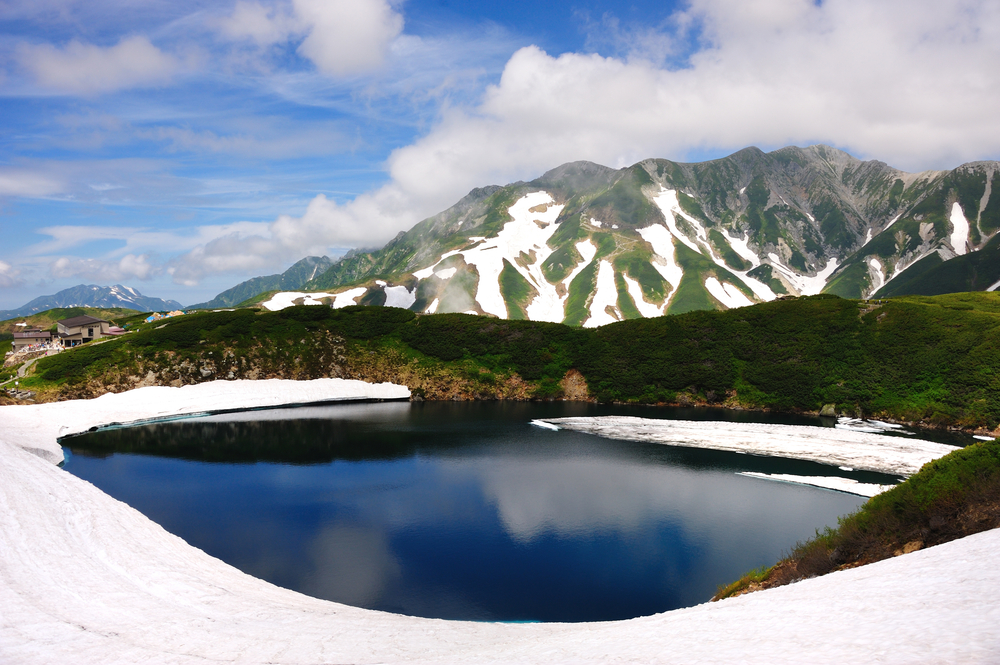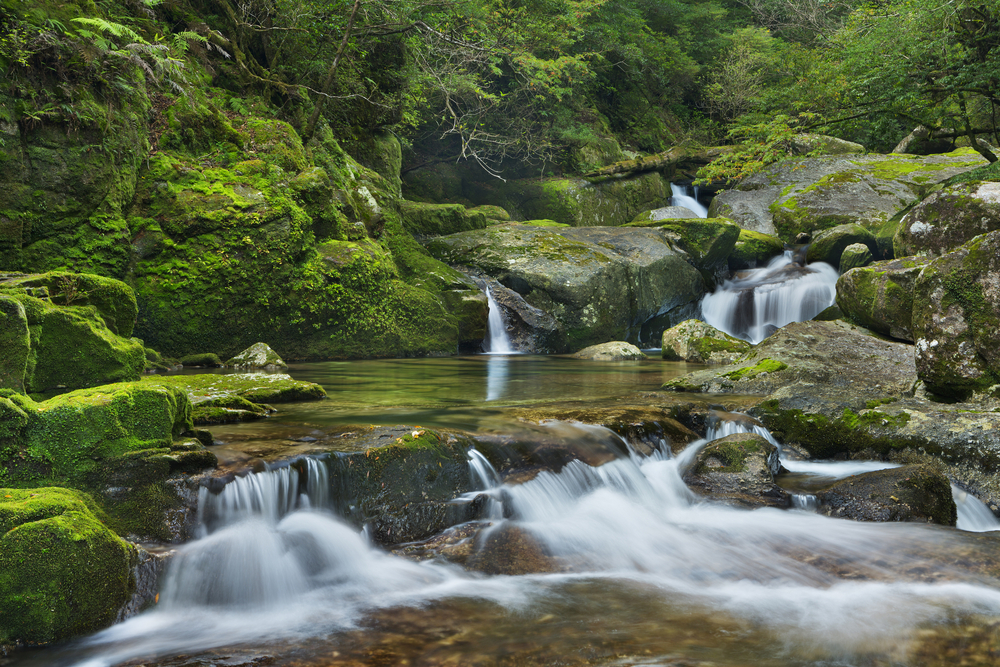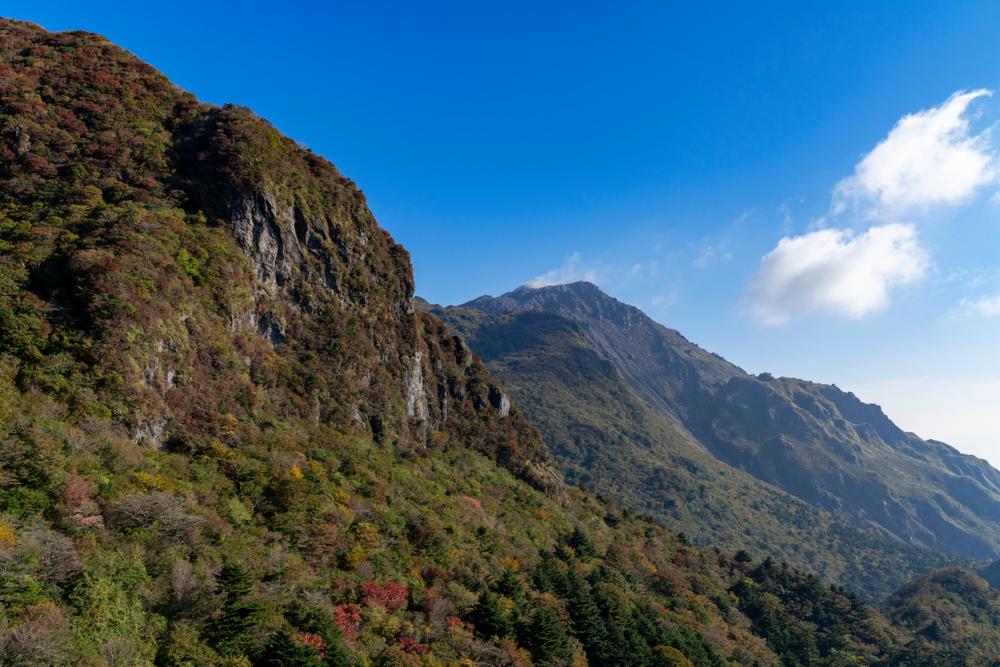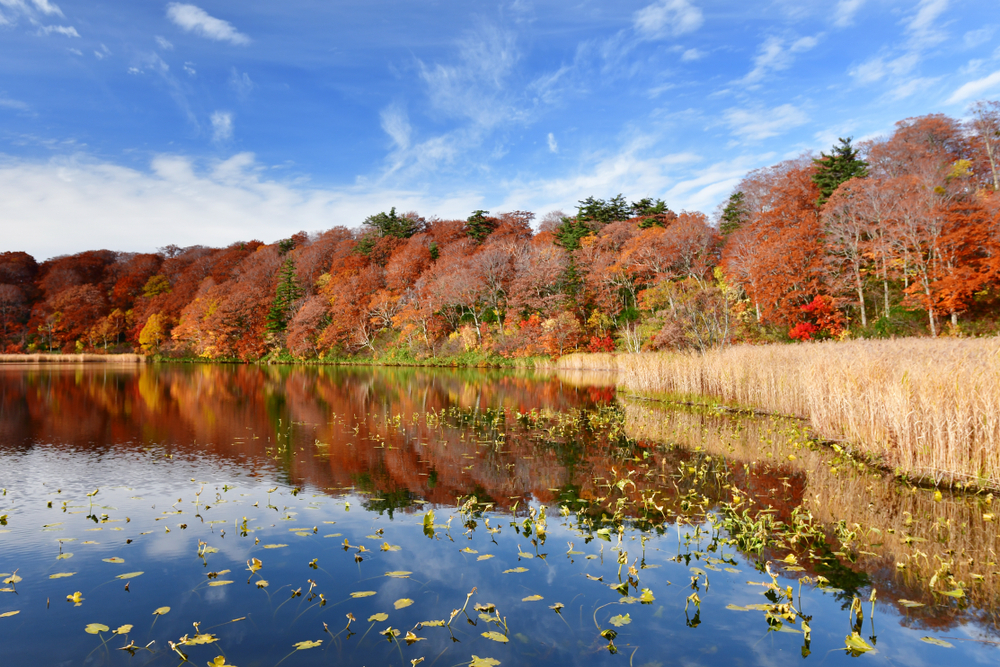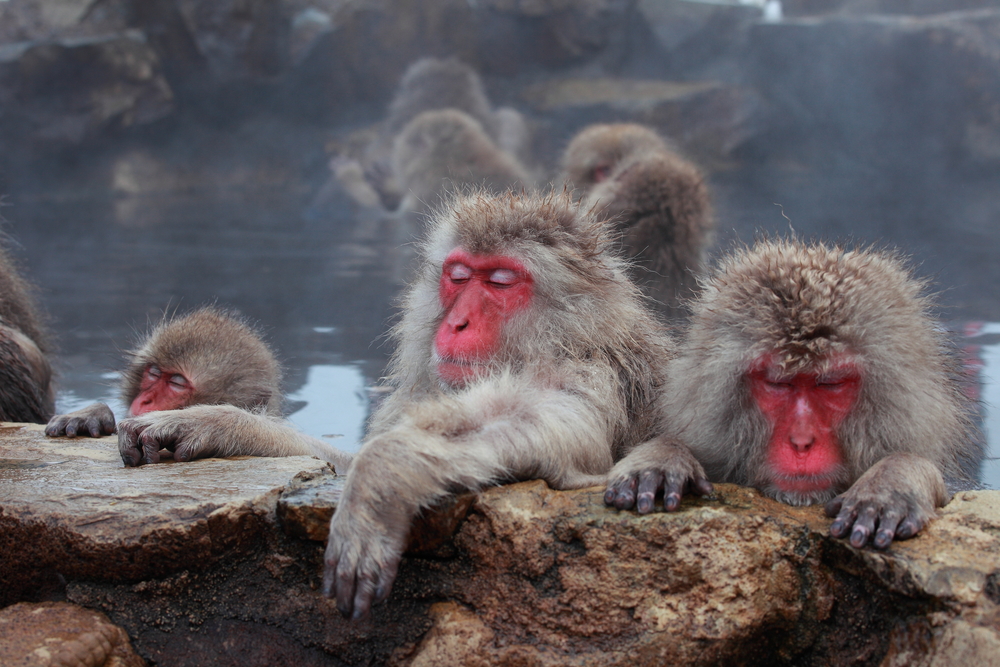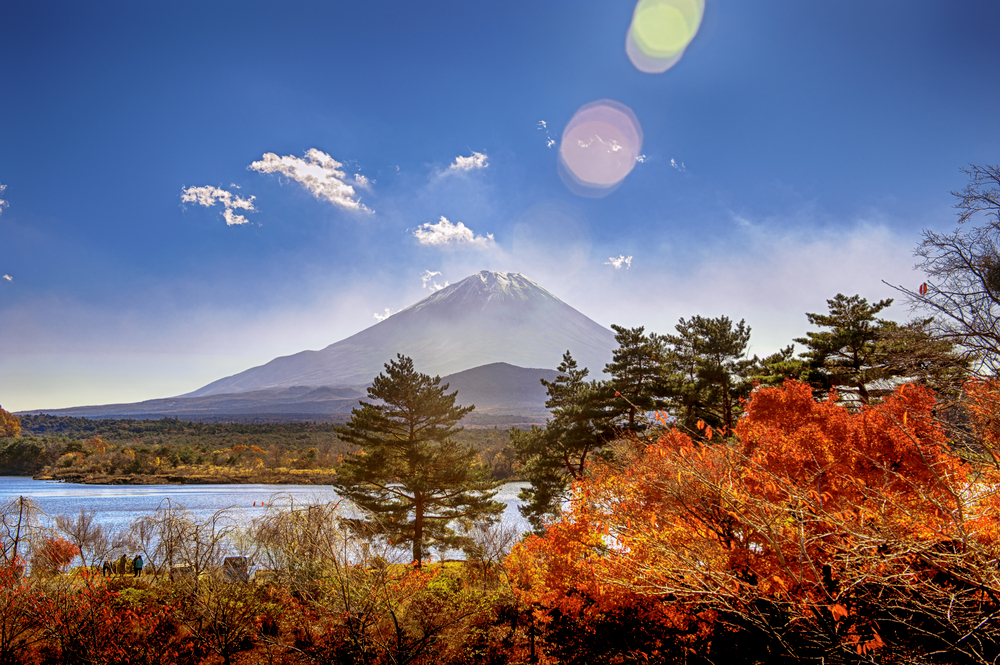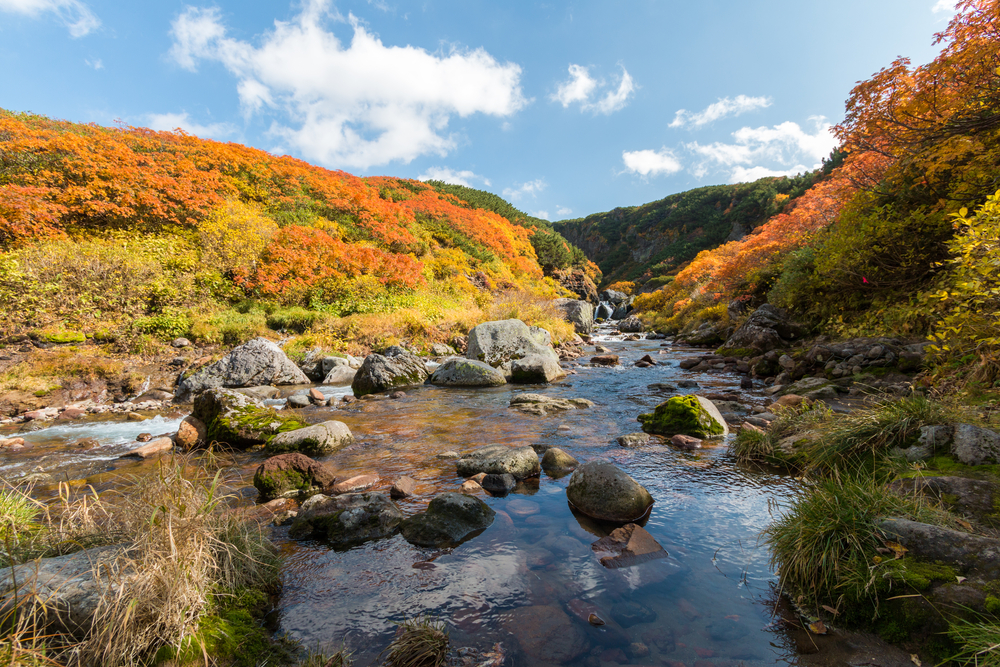Chūbu-Sangaku Overview
Chūbu-Sangaku National Park, known locally as 中部山岳国立公園 (Chūbu Sangaku Kokuritsu Kōen), is a breathtaking expanse of wilderness situated in the central region of Honshu, Japan’s main island. Established in 1934, this park spans approximately 682 square miles (1,766 square kilometers) across the Chūbu region, encompassing parts of Toyama, Nagano, Gifu, and Niigata prefectures. The park is celebrated for its dramatic alpine landscapes, towering peaks, pristine rivers, and lush forests, making it a haven for nature enthusiasts and adventurers alike. The Northern Japan Alps, or Hida Mountains, dominate the park, with iconic peaks such as Mount Hotaka (10,466 feet or 3,190 meters) and Mount Tate (10,466 feet or 3,190 meters) drawing climbers and photographers from around the world.
The terrain of Chūbu-Sangaku is a striking blend of rugged mountain ranges, verdant valleys, and crystal-clear rivers. Steep ridges and deep gorges carve through the park, while high-altitude wetlands like the famous Oze Marsh provide a unique ecosystem for a variety of flora and fauna. The forests of the lower elevations are dense with Japanese beech, cedar, and oak trees, transitioning to subalpine vegetation of dwarf pines and alpine flowers as the altitude rises. The seasonal changes bring vivid colors to the park, with cherry blossoms in spring, vibrant greens in summer, fiery foliage in autumn, and snow-laden landscapes in winter.
Wildlife in the park is diverse, with numerous opportunities for visitors to observe its natural inhabitants. Mammals such as the Japanese serow, Asiatic black bear, and Japanese macaque are commonly found in the region, while bird enthusiasts may catch glimpses of the Japanese ptarmigan, golden eagle, and various species of woodpeckers. The alpine and subalpine zones host a range of endemic species, making the park an important area for biodiversity conservation. The rivers and streams teem with native fish, including the char and landlocked salmon, further enriching the ecological tapestry.
Chūbu-Sangaku National Park offers several highlights, including the Kamikochi Valley, a serene area along the Azusa River with breathtaking views of the surrounding peaks. The Tateyama Kurobe Alpine Route is another iconic attraction, allowing visitors to traverse a scenic route that showcases the grandeur of the Japanese Alps. Popular activities in the park include hiking, mountaineering, bird watching, and hot spring bathing. The park’s well-maintained trails range from leisurely walks to challenging climbs, catering to adventurers of all levels.
Conservation efforts in Chūbu-Sangaku are focused on preserving its unique ecosystems and mitigating the impact of human activity. While the park faces challenges such as habitat degradation and the effects of climate change, its management has achieved notable successes in species protection and sustainable tourism practices. Local communities, along with national initiatives, play a vital role in maintaining the park’s natural beauty and ecological integrity.








































































